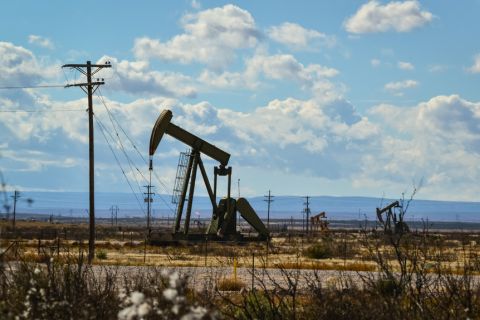EQT Corp., with its aggressive promotion of natural gas to fuel the energy transition, is taking a multi-faceted approach to meet its goal of achieving net zero emissions status in 2025.
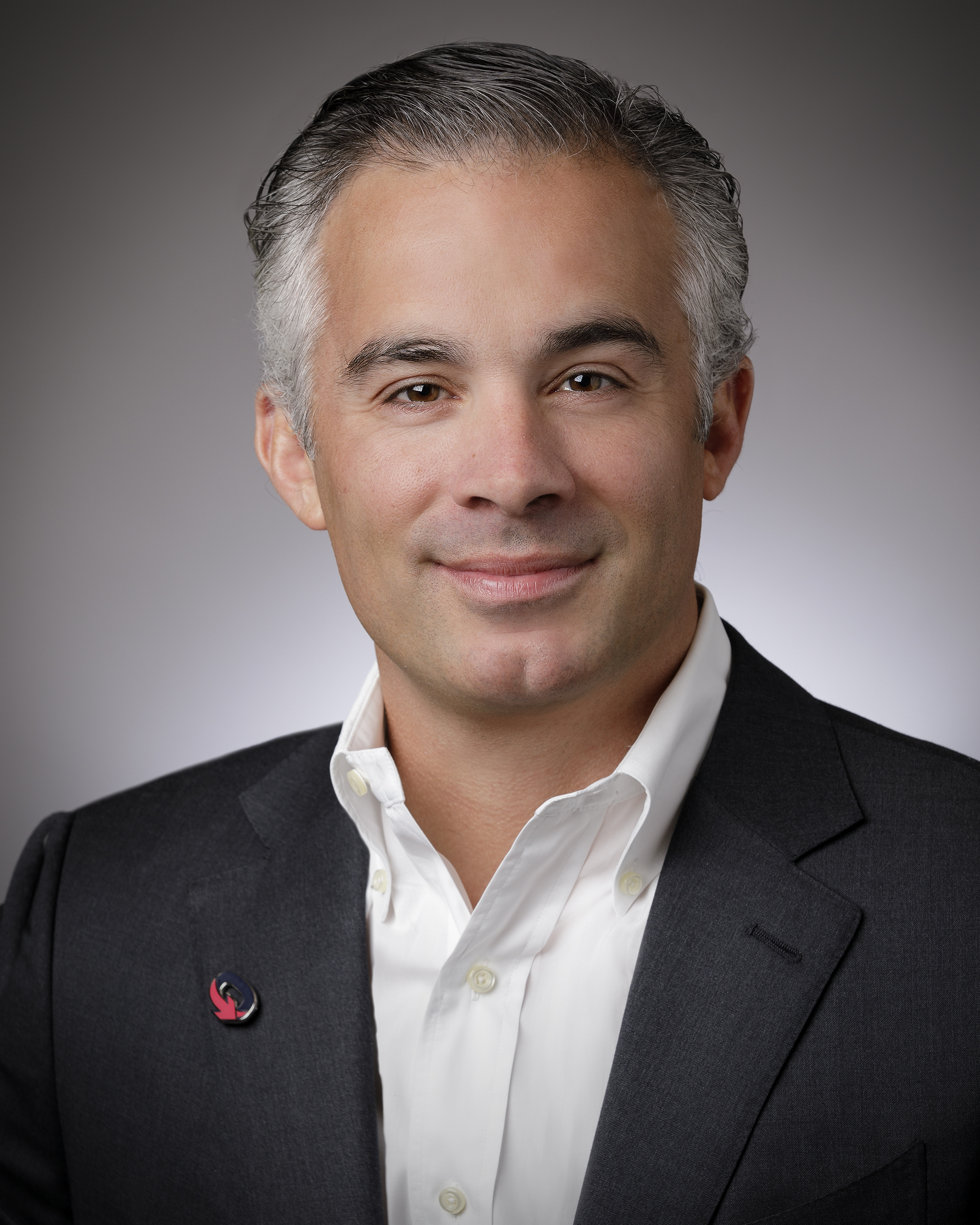
The company says it has made significant progress since making its pledge in 2021 and has picked up some third-party certifications. But because it also wants long-term trust from its customers, EQT is working on ways to accurately and transparently quantify its carbon emissions – and its offsets.
Rob Wingo, EQT’s executive vice president of corporate ventures, told Hart Energy that the company is working on a number of decarbonization initiatives, including carbon capture, utilization and sequestration, carbon credits and offsets.
When the company made its pledge in 2021, Wingo said, the company was very early in the life cycle of the decarbonization effort.
“At the time, we had spent some time and capital to decarbonize,” he said. “But as soon as we made that pledge, we immediately ramped up our efforts to decarbonize our operations, and then we started working on plans to generate offsets to get us to net zero.”
EQT has certified 3.3 Bcf/d of its natural gas under both the Equitable Origin’s EO100 Standard for Responsible Energy Development and notprofit MiQ’s methane standard.
The company says it can deliver net zero products to its customers and do so transparently.
“Right now, the biggest problem as we see it, is that customers don't trust that nature-based carbon offset projects are actually removing carbon from the atmosphere,” he said. “So what we want to do is actually give them measurements, quantify it in a way that they can come in and evaluate it and see exactly what we're doing.”
Because emissions occur at many places from the wellhead to the end user, Wingo said the only way to calculate the carbon intensity is by gathering the emissions data “from everybody who touched it along the way.”
Emissions and context
Initially, EQT considered building a system that would track that information, but around the same time, the company became aware of Context Labs, which has a software platform that gathers emissions data from multiple sources to calculate path-specific carbon intensity.
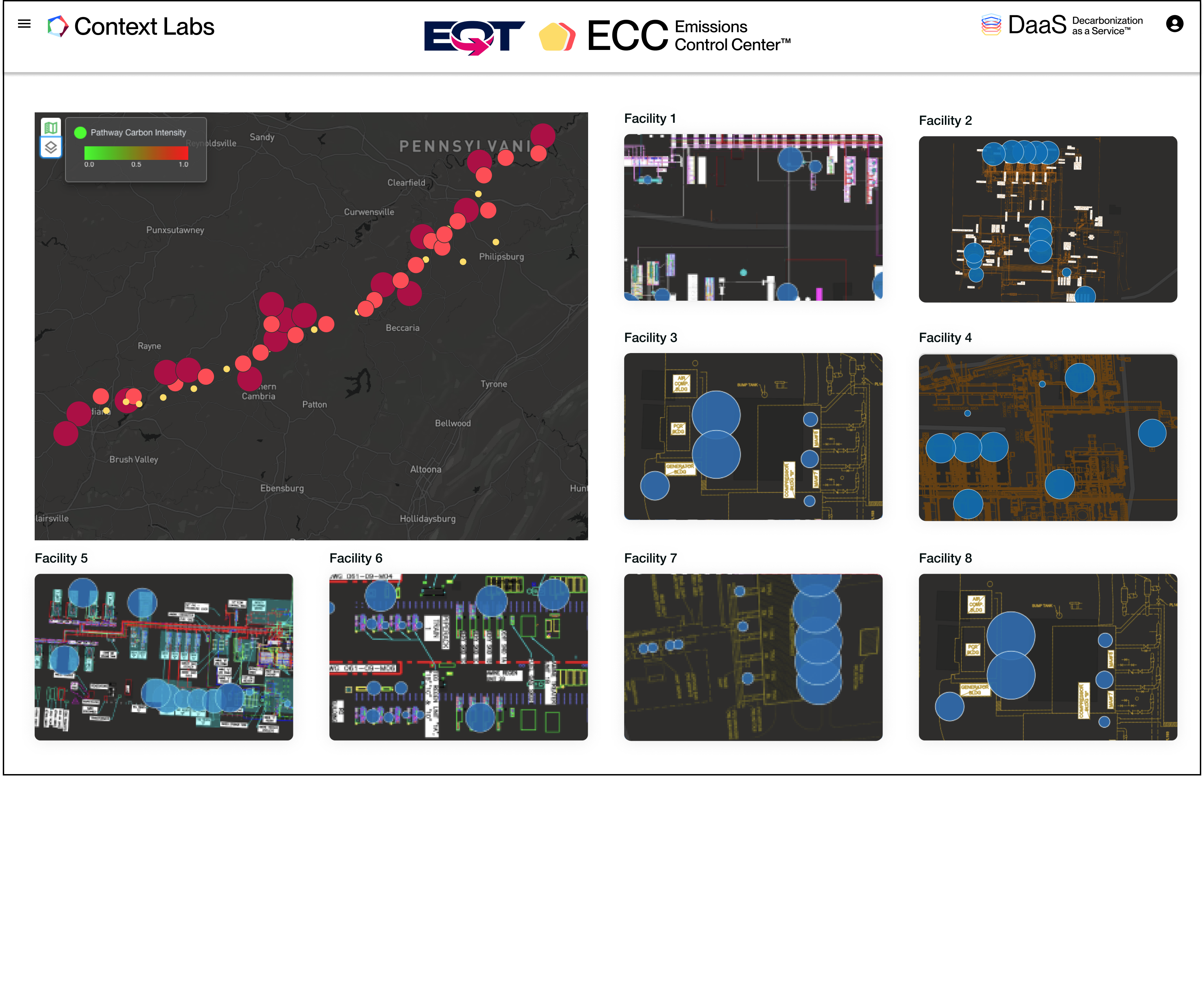
EQT announced in early April it was partnering with Context Labs to advance the commercialization of verified low carbon intensity natural gas products and carbon credits.
“It would be impossible for us to create something that would be better, and it would take us years to get there,” he said. “They already had this up and going.”
The company has begun implementing Context Labs’ decarbonization-as-a-service platform across its asset footprint, he said.
Plus, he added, it has the benefit of being a third-party, which “brings a veracity to the data.”
“If we can calculate our carbon intensity transparently in a way that can be audited by third parties, and we can bundle our low carbon intensity gas and our other low carbon energy products that we manufacture with carbon offsets to get the carbon intensity down, we think we can deliver net zero products to customers to the extent there's demand for that in a way that's fully auditable, fully transparent, and we think there will be huge demand for that,” Wingo said.
With transparent carbon intensity calculations, EQT can bundle those metrics with its natural gas products and carbon offsets to reach the adjusted carbon intensity and retire those particular offsets, he said.
“When you take credit for an offset, you have to make sure that offset gets retired. You need a system to make sure you’re not double counting,” he said.
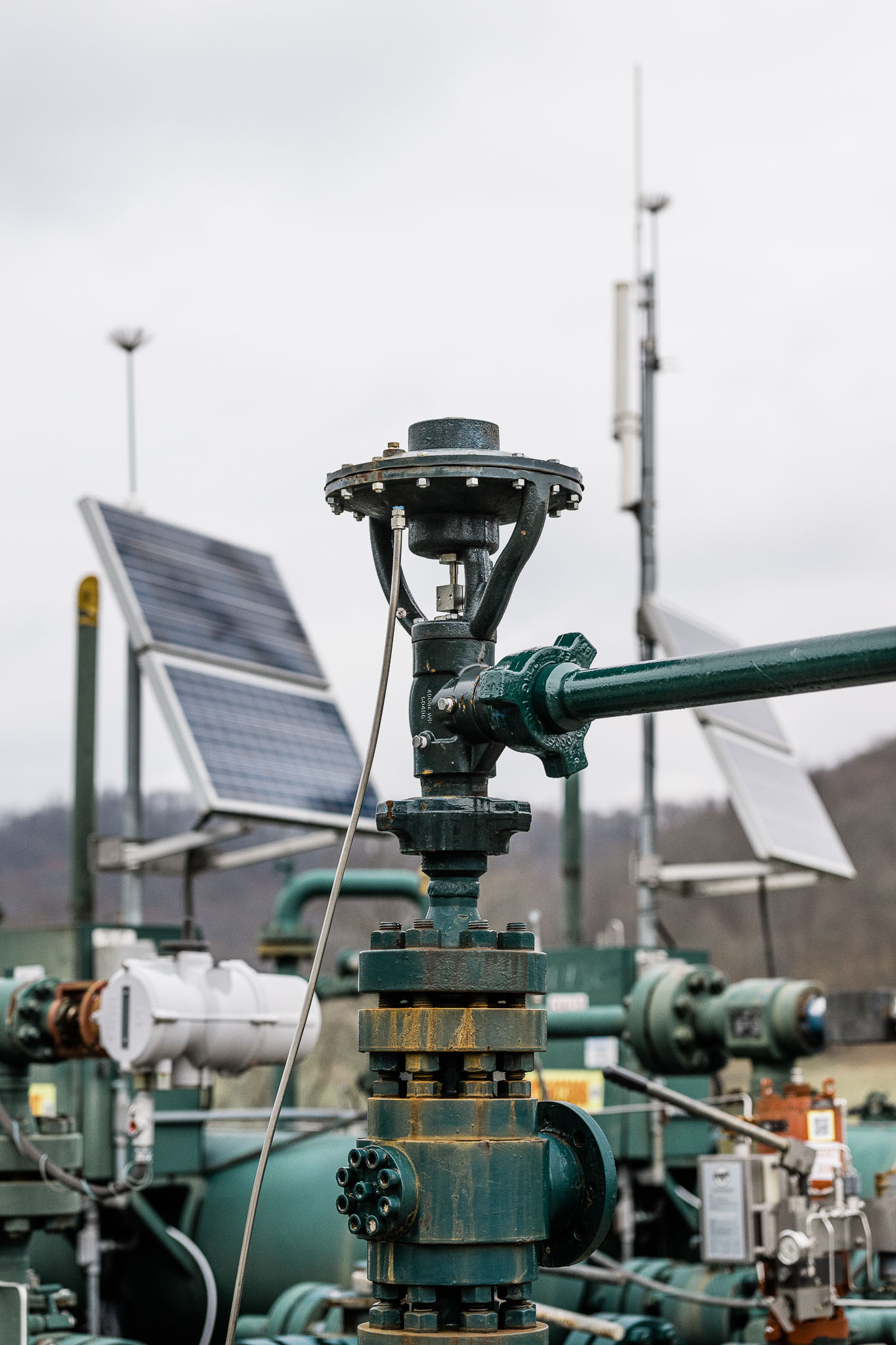
Context Labs’ dashboard allows end users to select the least carbon-intense products, he added.
One of the major steps EQT took after targeting net zero emissions by 2025 was to change out all of its natural-gas driven pneumatic devices, replacing them with air- or electric-operated equipment. That $29 million project, announced in June 2021 and lasting through the end of 2022, replaced nearly 9,000 devices. The company credits the change out with reducing its annual carbon footprint by the equivalent of more than 300,000 metric tons of CO2.
EQT’s natural carbon offsets
One way EQT expects to reach net zero emissions by 2025 is by generating carbon offsets.
“We're doing everything we can to decrease our operational emissions,” Wingo said. “But like most industries, there's only so much we can do operationally. So we want to supplement that with nature-based projects to get us to net zero.”
EQT’s first nature-based project was Wheeling Park in West Virginia, where EQT removed invasive species and planted trees.
But doing the work is only part of the company’s efforts. EQT is using probes from soil health firm Teralytic to measure nutrients and carbon in the soil in real time.
“Our plan is to use those probes in our carbon credit generation projects to empirically measure how much carbon we're actually taking out of the atmosphere” through the nature-based projects.
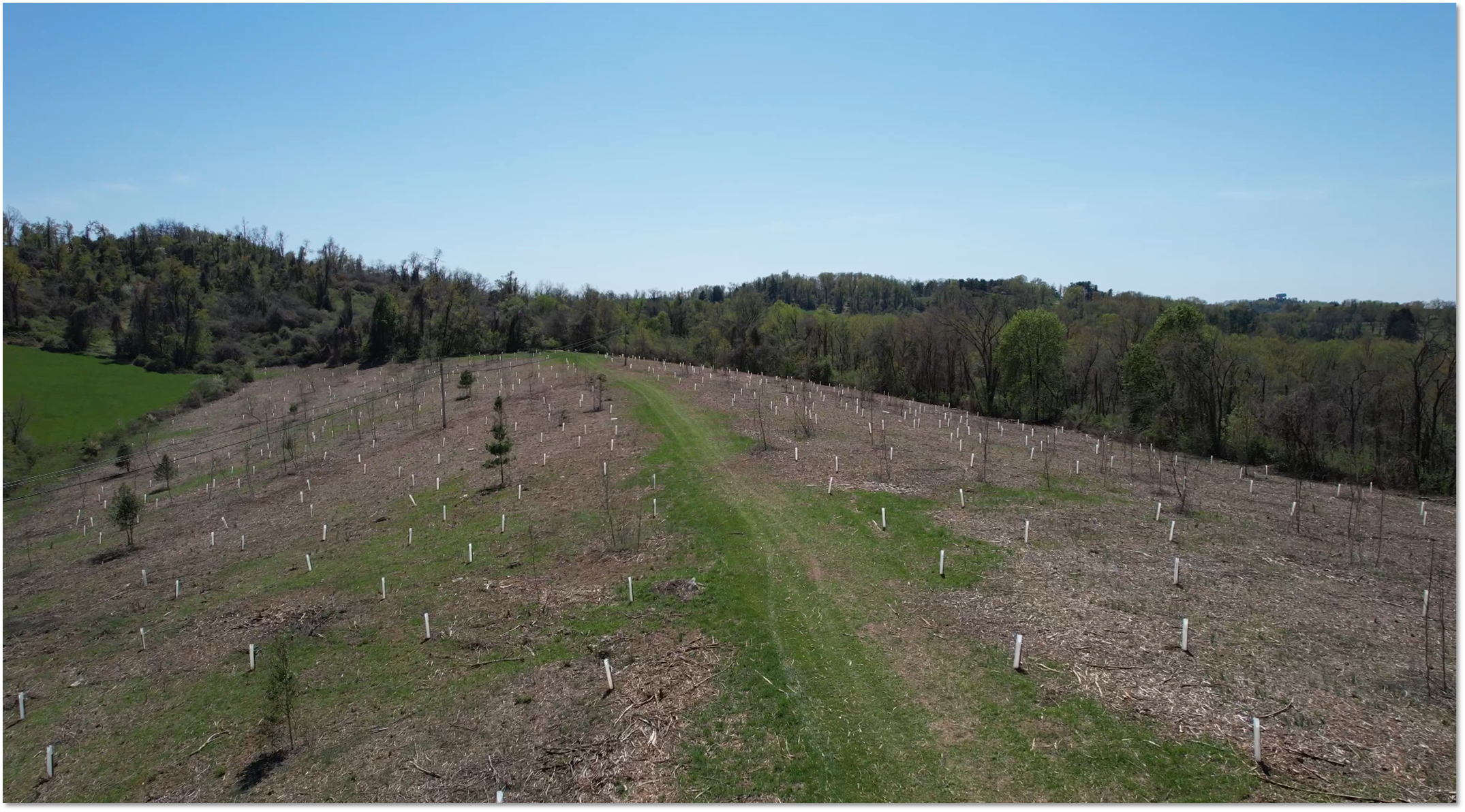
The role of CCS

Carbon capture and storage (CCS) “is where a big part of our focus is going right now,” Wingo said. “That's going to underpin everything else we're doing energy transition wise.”
He said the company is using its subsurface expertise to find places to store CO2.
“The technologies exist to make that happen,” he said. “It’s really just finding the right rock, and getting the permitting in place.”
And use has its role as well.
“Any use cases probably won’t be big enough to take all of the CO2 that we would be generating,” he said. “But if we can decrease how much we have to sequester, we would prefer to do that. But ultimately, you’re going to have to have a place to store the CO2 for a long duration.”
Wingo said he views the carbon sequestration question as being similar to exploration for oil and gas.
“We’re always going to be looking for new places to store CO2 because we’re always going to be producing it and filling up what we know about. So we’re going to need constant development, constant finding of new places to put CO2,” he said.
“It’s going to be an ongoing effort.
Recommended Reading
Range Resources Holds Production Steady in 1Q 2024
2024-04-24 - NGLs are providing a boost for Range Resources as the company waits for natural gas demand to rebound.
EQT Sees Clear Path to $5B in Potential Divestments
2024-04-24 - EQT Corp. executives said that an April deal with Equinor has been a catalyst for talks with potential buyers as the company looks to shed debt for its Equitrans Midstream acquisition.
Novo II Reloads, Aims for Delaware Deals After $1.5B Exit Last Year
2024-04-24 - After Novo I sold its Delaware Basin position for $1.5 billion last year, Novo Oil & Gas II is reloading with EnCap backing and aiming for more Delaware deals.
Matador Hoards Dry Powder for Potential M&A, Adds Delaware Acreage
2024-04-24 - Delaware-focused E&P Matador Resources is growing oil production, expanding midstream capacity, keeping debt low and hunting for M&A opportunities.
TotalEnergies, Vanguard Renewables Form RNG JV in US
2024-04-24 - Total Energies and Vanguard Renewable’s equally owned joint venture initially aims to advance 10 RNG projects into construction during the next 12 months.




